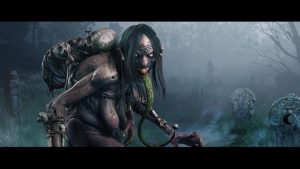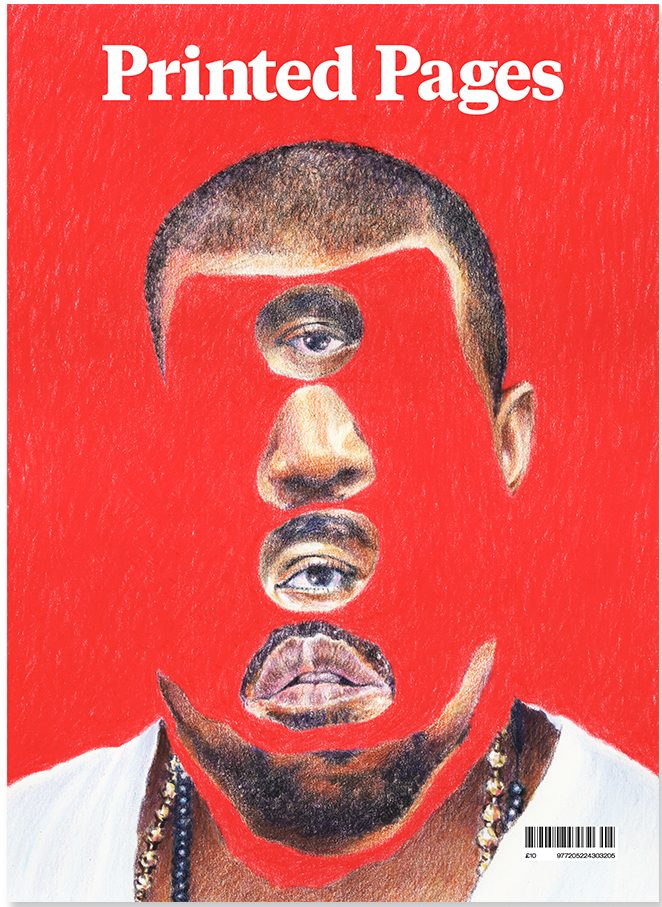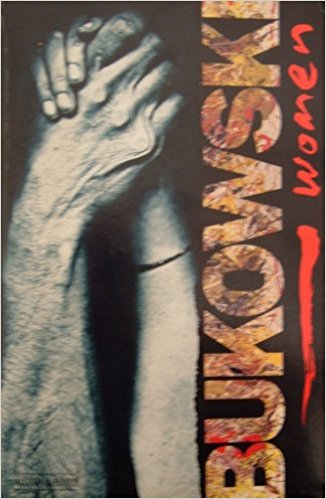Tim McDonagh is a freelance illustrator that I connected with after attending a presentation by him in my foundation art course. My interest started with his ink pen and digital techniques that produced an amazing colourful style.
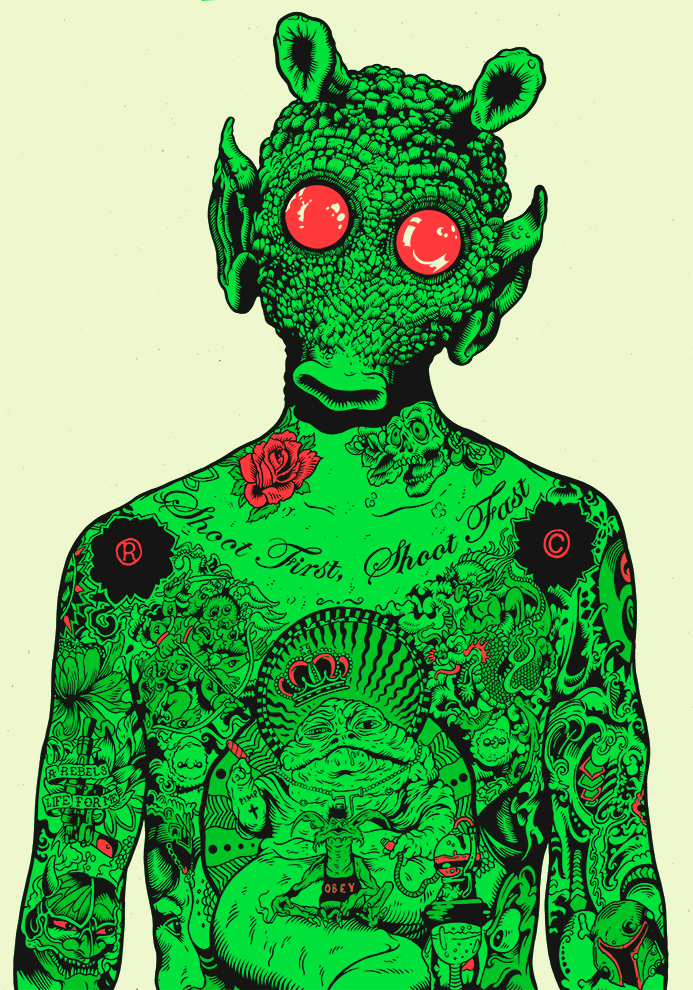
“Greedo” Pen ink on paper,2015. Illustrator: Tim McDonagh[6]
“Greedo” is a unique piece of work; rather than for a client this illustration was made out of his own interests – the story being his love of Star Wars. It was from this image that he was noticed by Egmont uk to create illustrated STAR WARS: GALACTIC MAPS. His advice to aspiring illustrators was to “be sure to create work that you love and that you enjoy working on.” The work and clients will come later on” as an aspiring illustrator I connected with this because there is usually such heavy focus on tailoring style and design to a brief(or client) where developing my style should also have more emphasis.[2]
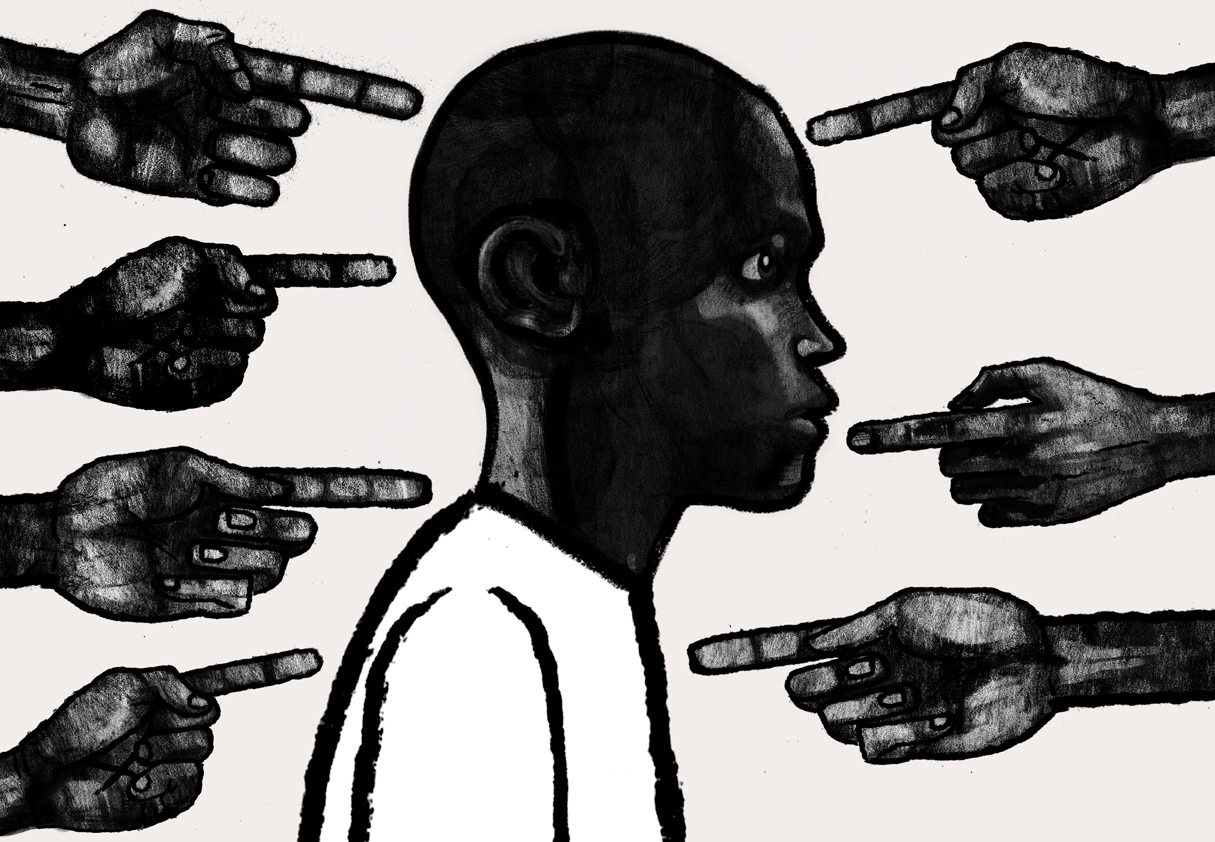
“Witchcraft in Liberia”, Animation, 2016. Illustrator: David Folvari.[3]
David Foldvari is another illustrator I find relevant to my interest in illustration and in developing my own style; this image was from an editorial for the Telegraph on child witches in Liberia that was about the unfortunate story of a child accused of witchcraft.[5] Foldvari’s saturated black ink on a white background is an example of how style can influence the feeling of the subject; his style can cover darkly political subjects with its dark appearance. I also connect with his concern “that we’re going to go back to the ’80s and people are going to think illustration is nicey-nicey and not saying much”[4] I think its important that illustrations say something in order to help educate and communicate, Foldvari does this though editorial illustration that articulates news articles, issues and viewpoints from just an image, otherwise why have an illustration?

“Stadt Theater Basel” offset lithograph,1963. Designer: Armin Hofmann[1]
I am interested in the manipulation of photography with typography and one of my favourite graphic designers Armin Hofmann does just this. This poster shows how condensing simple visual elements (in very much Swiss design style) can be incredibly effective for communication. For me it gives the feeling of movement and performance like shadow puppets which is fitting for message of Basel theatre. It is also a good example of how effective photography can be without the clearest resolution. “Sensible and meaningful form of advertising can be achieved by simplification of the formal language and by restraint in the treatment of the verbal message” I connect with this because in a world bombarded with colour, imagery and information it is important to remember sometimes simplification is most effective to communicate graphically.
References
[1] AIGA | the professional association for design. (2011). 2011 AIGA Medal: Armin Hofmann. [online] Available at: https://www.aiga.org/medalist-arminhofmann [Accessed 3 Dec. 2017].
[2] Floyd, J. and Floyd, J. (2017). Star Wars: Galactic Maps Illustrator Tim McDonagh Interview | StarWars.com. [online] StarWars.com. Available at: http://www.starwars.com/news/charting-the-galaxy-an-interview-with-star-wars-galactic-maps-illustrator-tim-mcdonagh [Accessed 2 Dec. 2017].
[3] Foldvari, D. (2016). Witchcraft in Liberia. [Blog] davidfolvari. Available at: http://davidfoldvari.blogspot.co.uk/2016/08/witchcraft-in-liberia.html [Accessed 3 Dec. 2017].
[4] Ideastap.com. (2016). David Foldvari: Illustrator. [online] Available at: http://www.ideastap.com/ideasmag/the-knowledge/david-foldvari-interview [Accessed 3 Dec. 2017].
[5] Rowley, T. (2016). The child witches of Liberia. [online] S.telegraph.co.uk. Available at: http://s.telegraph.co.uk/graphics/projects/child-abuse-witches/index.html [Accessed 3 Dec. 2017].
[6] TIM MCDONAGH. (2017). PORTFOLIO. [online] Available at: https://www.mcdonaghillustration.com/#/greedo/ [Accessed 2 Dec. 2017].






